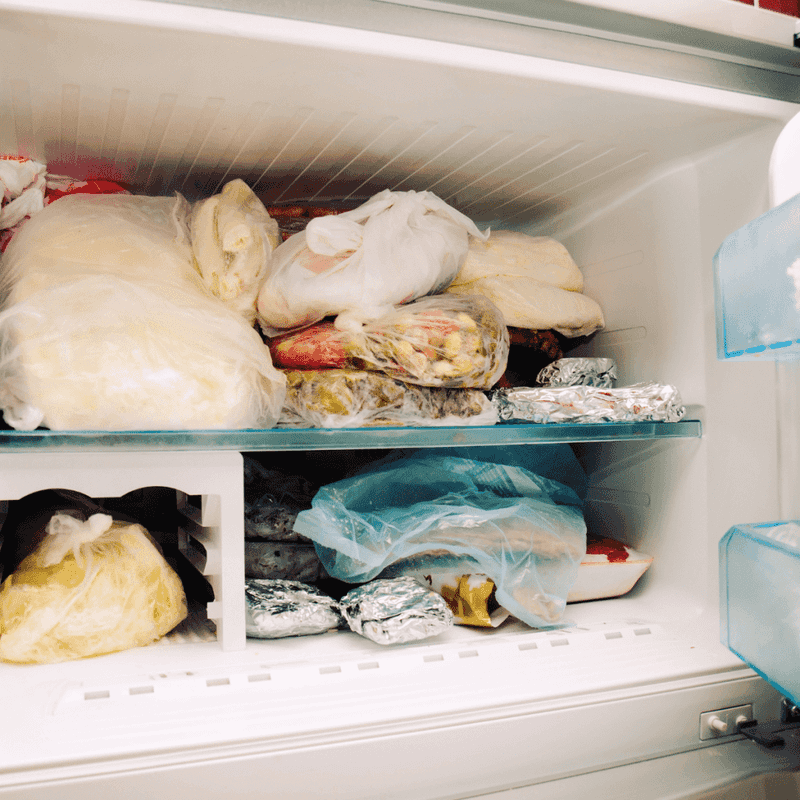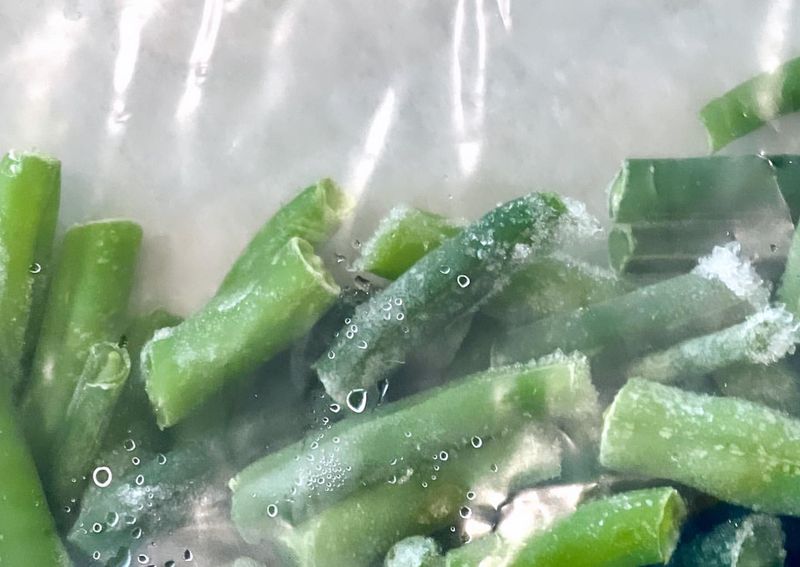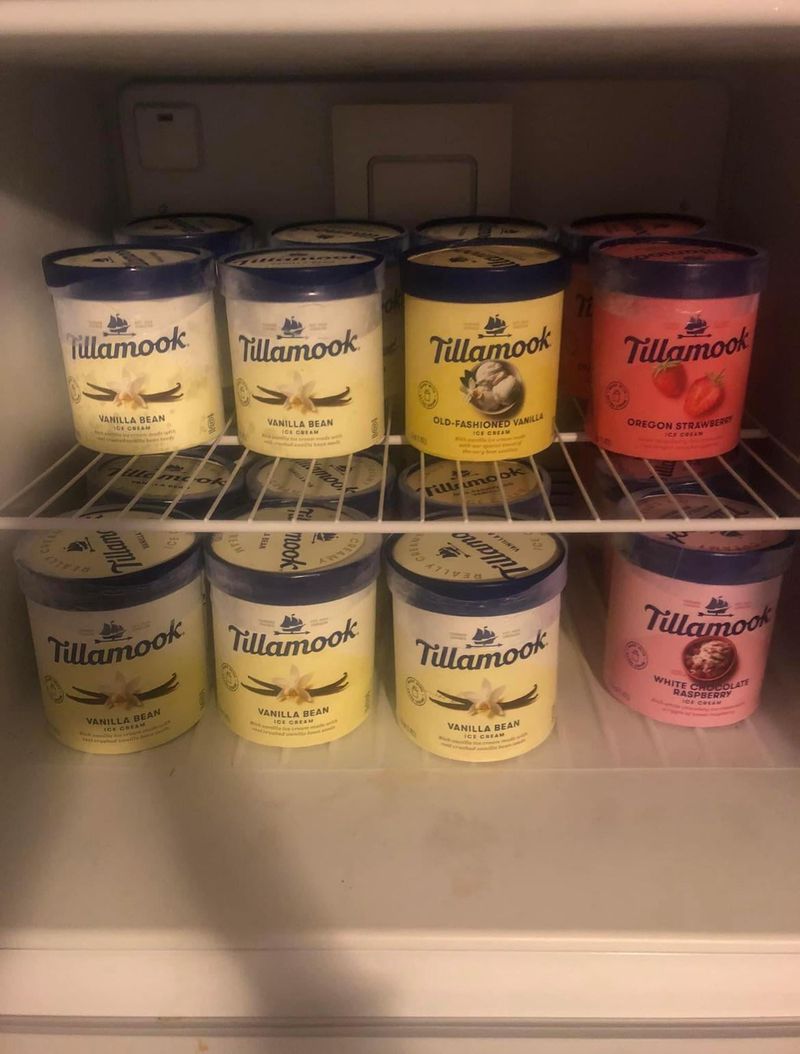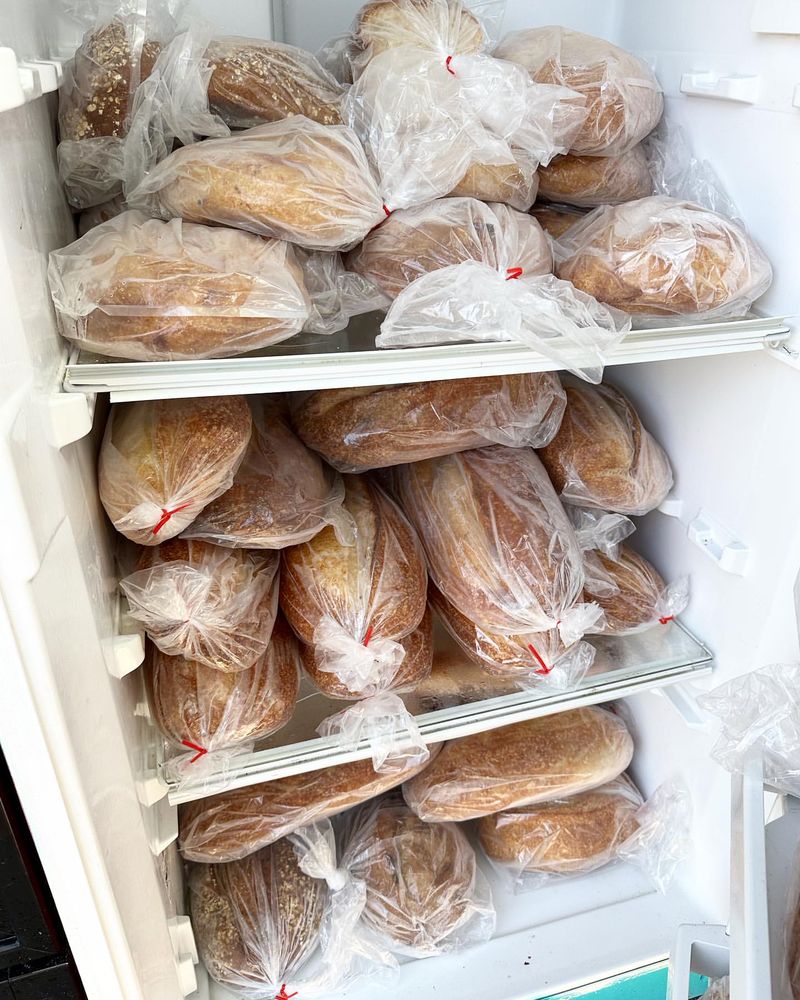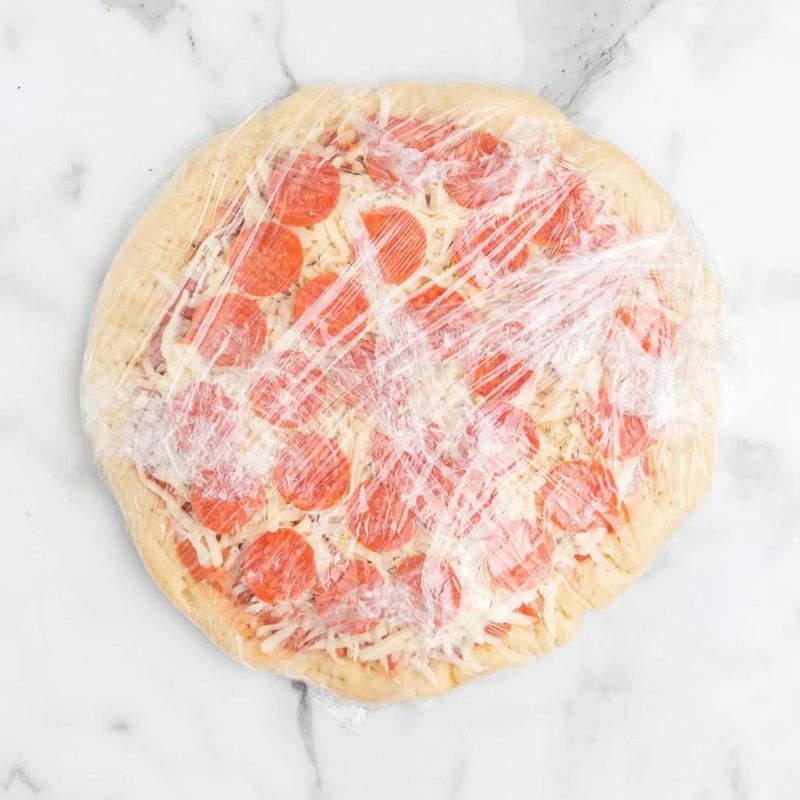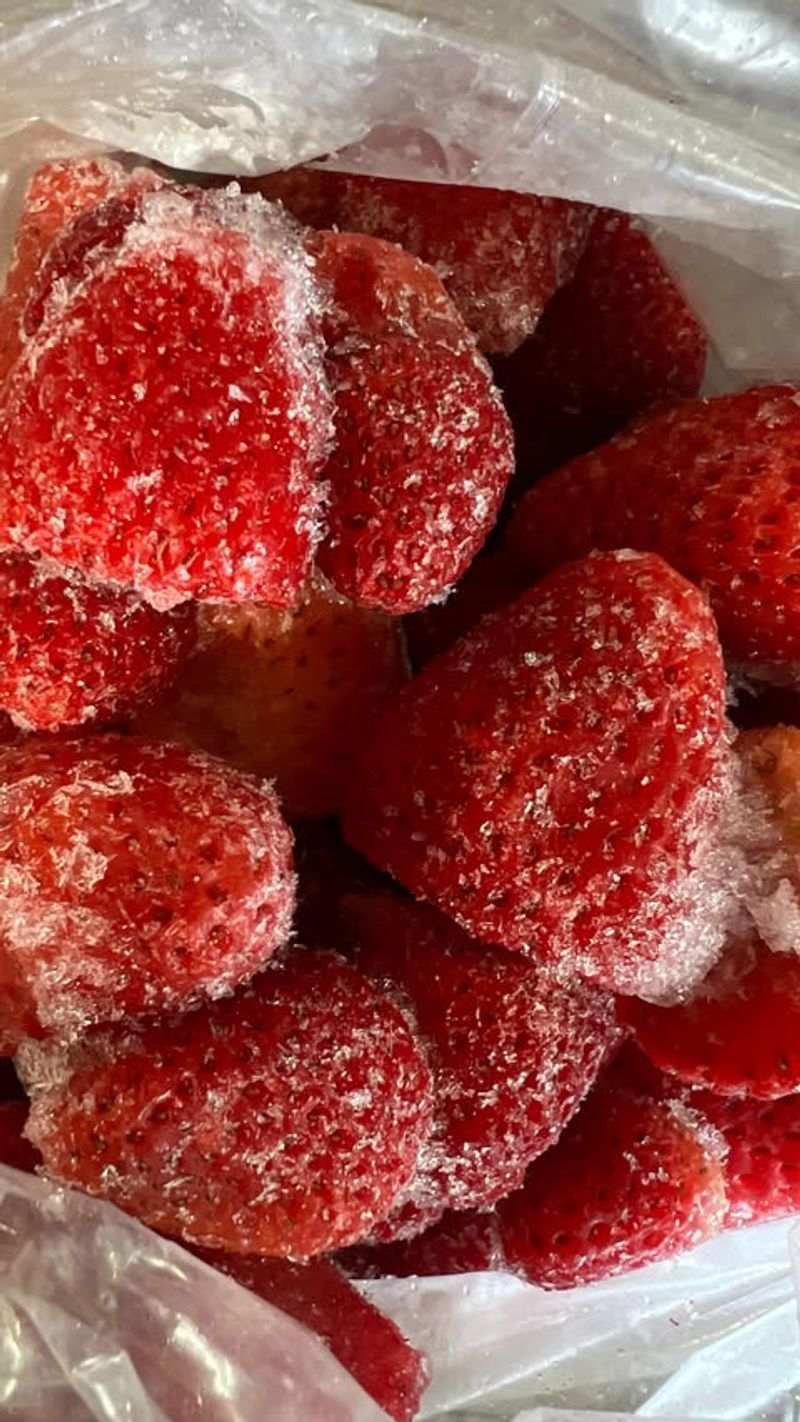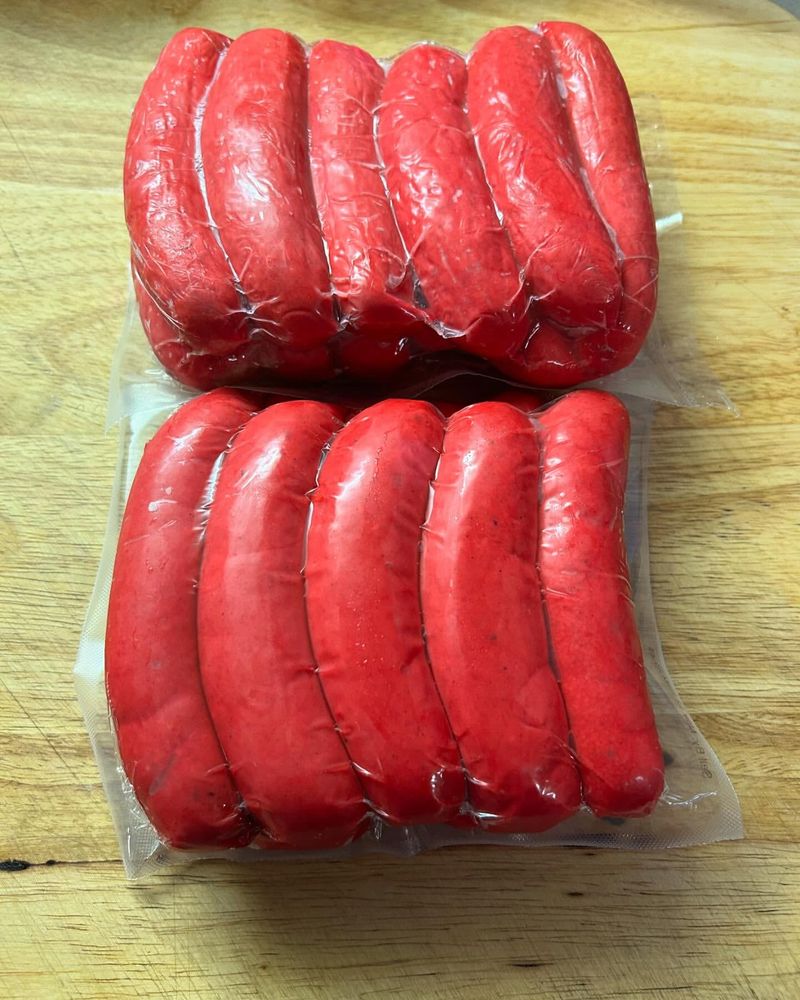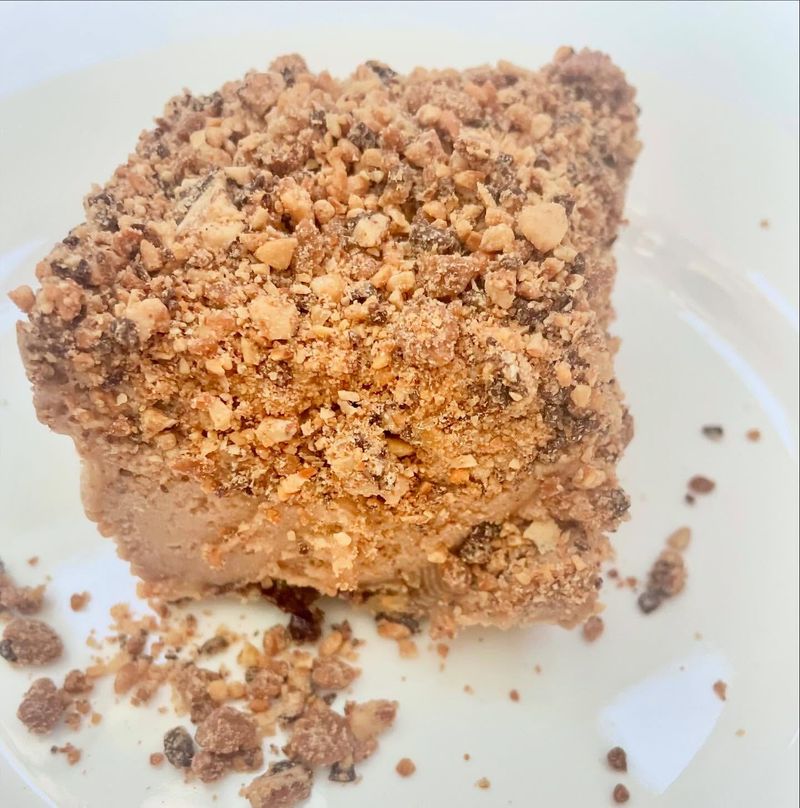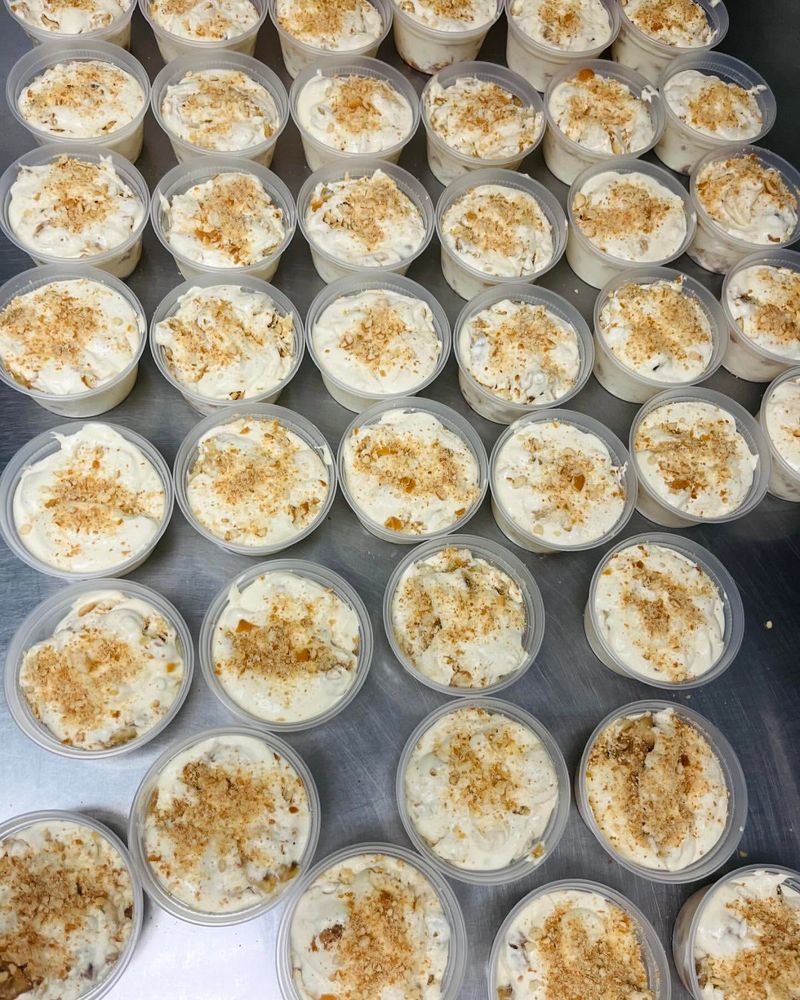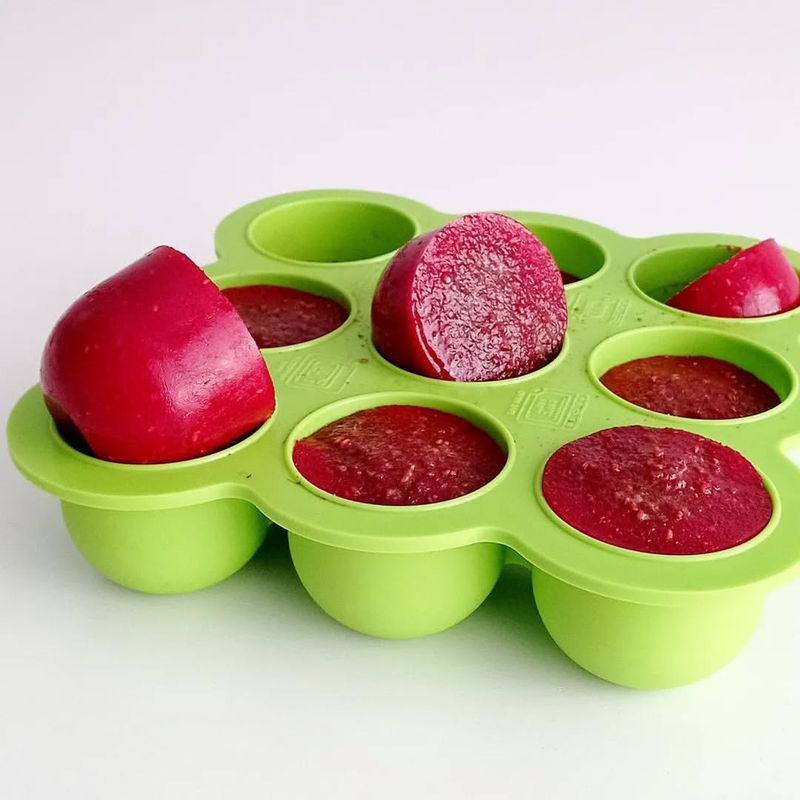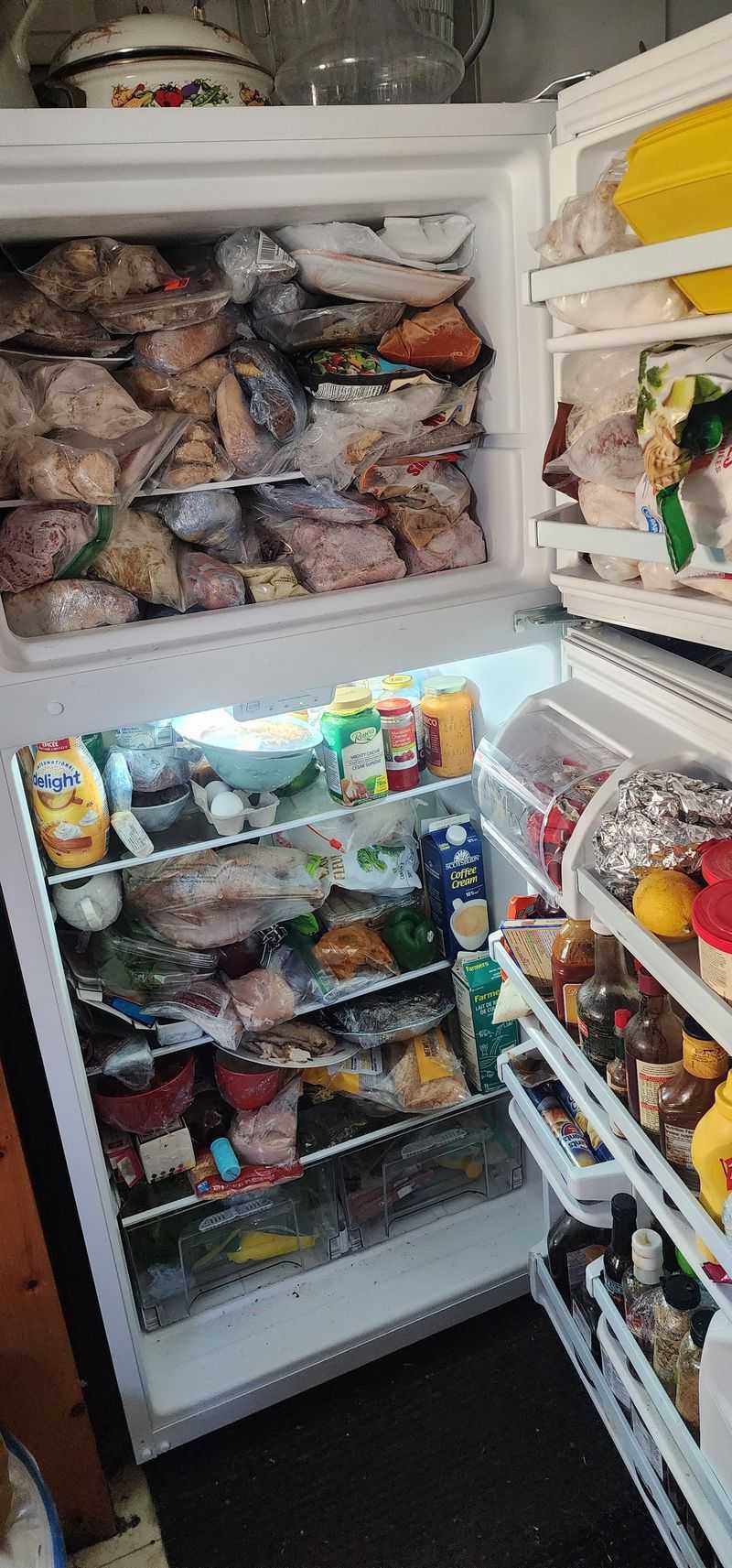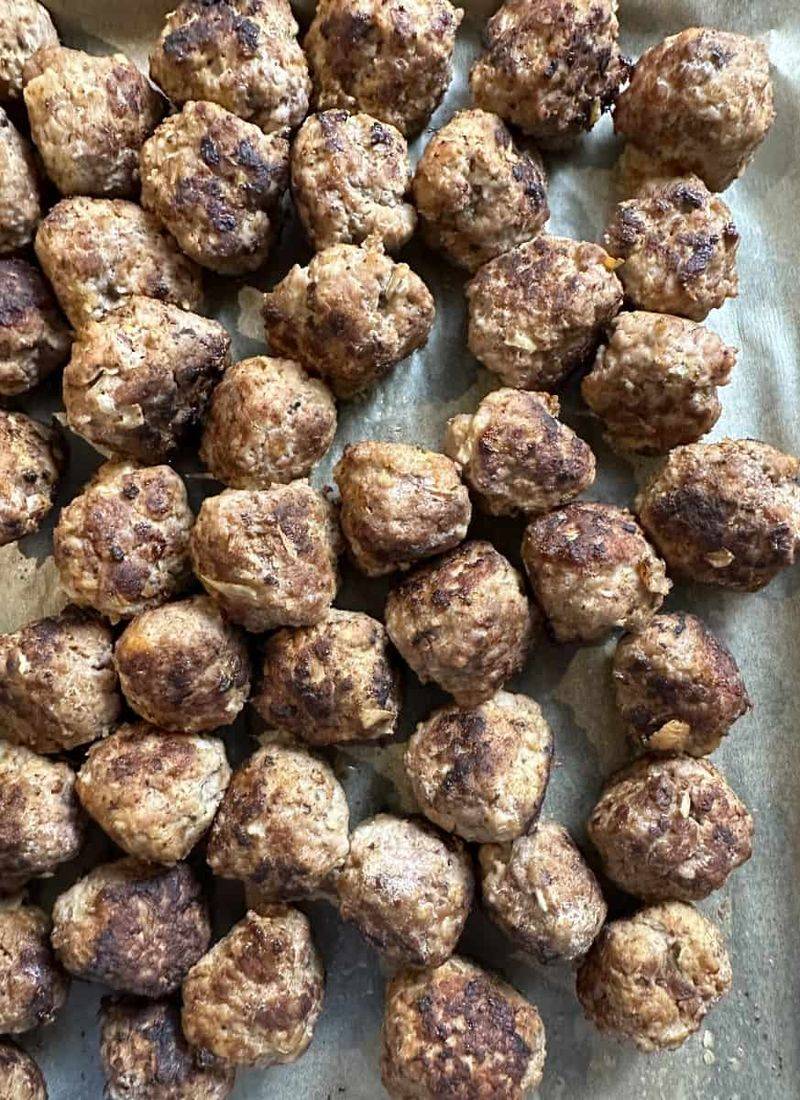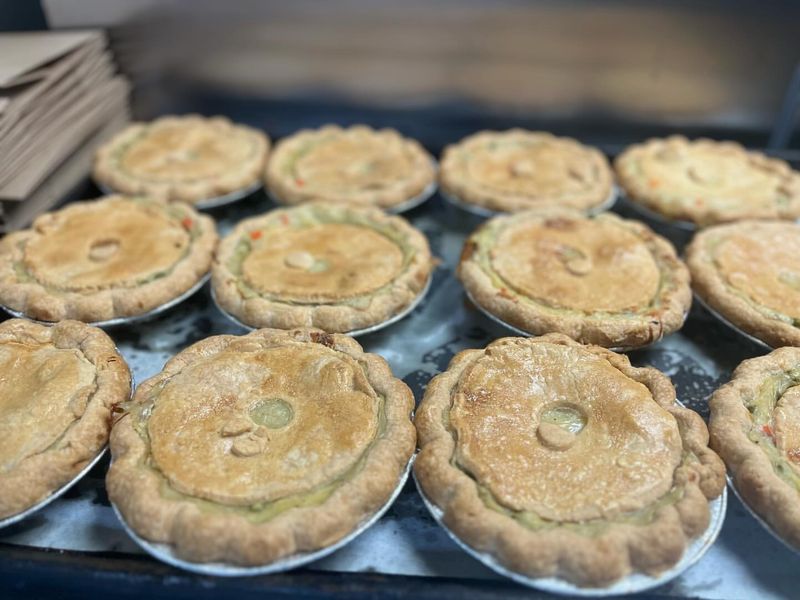Your freezer isn’t a time capsule. If you can’t remember when you put it in there, it’s probably time to let it go!
While freezing helps food last longer, it doesn’t make it eternal. Mystery meat from two years ago? Time to say goodbye.
Join me as I uncover 20 items lurking in your freezer that have overstayed their welcome. It’s about making room for delicious, fresh meals you’ll actually eat.
1. Mystery Meat
If you’ve ever pulled out a frozen lump of something unrecognizable, it’s time to face the truth—it’s not worth keeping. Freezing extends shelf life, but it doesn’t turn food into an everlasting relic. That unidentifiable meat could be beef, pork, or something you didn’t even buy!
Instead of playing a risky guessing game, toss it out. Freezer space is valuable real estate, and a fresh steak or pack of chicken will serve you much better.
2. Freezer-burned Veggies
Frozen vegetables are great, but when they’re coated in layers of ice, their texture and flavor are long gone.
Those once-crisp green beans or sweet corn kernels have likely turned into watery, flavorless mush. Don’t hold onto them hoping they’ll somehow revive.
3. Old Ice Cream
That once-creamy pint of ice cream has turned into an icy, grainy disappointment. Freezer burn has stolen its smooth texture, replacing it with unpleasant ice crystals.
If it’s been sitting there for months (or years), it’s not going to be the delicious treat you remember. Toss it and pick up a fresh pint—you deserve the real deal.
4. Expired Frozen Meals
Frozen meals might last a while, but they’re not invincible. Once they pass their expiration date, their taste, texture, and even safety can decline.
Instead of risking a bland or potentially spoiled meal, check the dates and clear out the expired ones. Stock up on fresher, tastier options that will actually satisfy your cravings.
5. Ice-Covered Bread
Freezing bread can extend its shelf life, but if your loaf is buried under ice, it’s not going to taste fresh. Icy, stale bread won’t toast up the way you want.
Clear it out and make space for bread that delivers the soft, fluffy texture and crunch you love. No more disappointment at breakfast.
6. Forgotten Frozen Pizza
If your frozen pizza is hidden under layers of frost, chances are the crust will be dry, the cheese won’t melt right, and the flavors will be lackluster.
Pizza should be a delicious experience, not a freezer-burned letdown.
7. Shriveled Frozen Fruit
When fruit is overtaken by ice, it loses its natural juiciness and appeal. The flavor fades away as the texture turns mushy and uninviting.
Letting it go clears the way for fresh, vibrant produce that truly satisfies your taste buds. Don’t let old, shriveled fruit crowd your freezer.
8. Frozen Fish Sticks
Fish sticks that have been lingering too long in the freezer can lose their appeal in more ways than one. Excessive ice buildup not only ruins their crispy coating but can also indicate freezer burn, which saps moisture and leaves the fish dry and tough.
Over time, the flavor deteriorates, taking on a stale or even slightly off taste. Worse, prolonged freezing can lead to texture breakdown, making the once flaky fish inside turn mushy.
9. Spicy Sausage Links
When sausage links linger in the freezer too long, they start to lose what makes them great—their bold, savory spice. Freezer burn saps their moisture, leaving them dry, tough, and covered in unappetizing frost.
As the fat breaks down over time, the rich, smoky flavors fade, replaced by a dull, stale taste that no amount of seasoning can revive. Cooking them only highlights the decline, as their texture turns mealy instead of juicy.
10. Outdated Frozen Desserts
Frozen desserts that sit in your freezer for too long can quickly turn into icy relics.
Over time, the creamy texture you once adored is replaced with a hard, grainy consistency as the delicate balance of sweetness fades away. Every bite becomes a reminder of lost flavor and ruined texture.
11. Unfamiliar Frozen Soups
If you find yourself facing a mystery soup with no label or clear memory of its ingredients, chances are its flavors have deteriorated beyond recognition.
Extended freezing can cause the vibrant, comforting broth to lose its depth, while any chunks of meat or vegetables become bland and mushy.
What once may have been a hearty meal now risks being a watery, unappealing concoction with an off taste that hints at neglect and age
12. Unwanted Frozen Smoothies
Pre-packed smoothie mixes that have lost their punch due to long-term freezing can end up tasting dull and watery. As the fruits and vegetables sit frozen for too long, their vibrant colors fade and the natural flavors begin to break down.
The texture becomes thin and lacking in the richness you expect, turning what should be a burst of freshness into a watered-down, lackluster drink.
The result is a smoothie that falls far short of its intended invigorating quality.
13. Old Frozen Chicken
Chicken that has been in your freezer far too long risks becoming dry and unappetizing. The texture and flavor suffer from prolonged freezing as moisture is slowly drawn out, leaving the meat tough and brittle.
Over time, the subtle flavors fade away, and what was once tender and juicy can turn into a bland, chewy experience.
The natural succulence of the chicken is lost, leaving you with a meal that hardly resembles its original, delicious self.
14. Unlabeled Leftovers
Leftovers without a clear label or date become a guessing game you really don’t need. The longer they sit, the more their quality declines.
Without knowing exactly when they were made, the various components of the dish can deteriorate at different rates.
Some ingredients may become overly soft or discolored, while others lose their distinct taste entirely, merging into an indistinct, uninspiring medley.
15. Frosty Frozen Waffles
Waffles that have developed an icy exterior lose the soft, comforting texture they’re known for. The flavor just isn’t the same.
When ice forms on the surface, it interferes with the waffle’s delicate balance between a crispy outer layer and a tender, warm interior.
The natural sweetness and buttery notes are masked by the overwhelming presence of ice, resulting in a waffle that feels more like a frozen slab than the delicious, comforting breakfast treat it once was.
16. Ice-Encrusted Meatballs
When meatballs are blanketed in ice, they lose the savory tenderness that once made them a comfort food favorite. The ice transforms their texture—what should be a juicy, well-seasoned bite turns dry and lackluster.
The delicate balance of herbs and spices fades away as the frozen layer encases them, robbing each meatball of its rich flavor and inviting aroma.
17. Old Frozen Pies
If a pie is more frost than filling, it’s a clear sign that its prime has passed. The once-crisp, buttery crust succumbs to the hard grip of ice, losing the tender, flaky quality that makes pie so comforting.
The filling, meant to be warm and luscious, becomes muted and tepid, with flavors that no longer sing with freshness.
What was once a heartwarming treat now feels like a frozen experiment—lacking the delightful balance of textures and tastes that you would expect.
18. Freezer-Burned Bacon
Bacon is meant to be crispy and savory, but prolonged exposure to freezing temperatures can strip it of both its crunch and its bold flavor.
Freezer burn dries out the bacon, leaving it limp and lacking that irresistible sizzle when cooked. The rich, smoky notes that elevate every meal are diminished, replaced by a bland, unappealing bite.
19. Frozen Cheese Blocks
When cheese is frozen for too long, it undergoes a significant change. The smooth, melty texture that enhances your favorite dishes becomes crumbly and dry as ice crystals break down its delicate structure.
The rich creaminess and subtle flavor that elevate every bite are replaced by a gritty, disappointing texture.
Rather than melting into a luscious addition to your recipes, the cheese transforms into an unappealing, fragmented mess that fails to deliver the indulgence you expect.
20. Old Frozen Condiments
Condiments like ketchup, mustard, and soy sauce are crafted to deliver a burst of flavor and perfect consistency, yet extended freezing can compromise these qualities.
Over time, the textures begin to separate, and the vibrant flavors fade into a dull, off taste. Changes in color or consistency signal that these sauces are no longer performing as they should—what was once a tangy, reliable addition becomes watery or lumpy, losing its characteristic zing.


